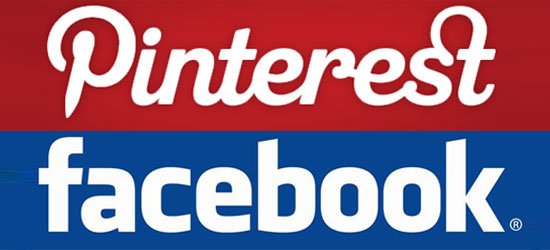
If you haven’t heard of Pinterest, it’s probably because it snuck up on you overnight. The brand reached over ten million unique visitors faster than any standalone site ever has. So what is it?
Pinterest refers to itself as a virtual pin board. It allows you to pin photos from anywhere on the web up on your board, which is publicly available and searchable for people to see. The site appeals most strongly to the homemaker lifestyle, and so a large number of the images feature consumer products, crafts, knick-knacks, cute images, and so on.
Why is Pinterest so important?
Setting aside the dramatic traffic growth, the site also holds people’s interest for extended periods of time. In January, users spent an average of 89 minutes on the site, which meant it was tied with Tumblr and second only to Facebook on this level of engagement. By contrast, Twitter users spent 21 minutes on the site during the month and Google+ only attracted three minutes per user.
Time on the site is one of the best ways to measure user engagement, so this is no small matter, even if Facebook is closing in on a billion users.
So how are Pinterest and Facebook different?
It might not even be appropriate to compare the two. Both can be considered social networks, but most of the similarities end there. While it’s true that you can use both to share images and to communicate with others, the format and purpose of these activities is entirely different.
Most notably, Pinterest is streamlined to make it easy to find out what’s hot. The site is centered around topics, rather than users, so it doesn’t rely quite so strongly on close relationships.
This makes Pinterest great for retailers, especially those that appeal to the home and garden demographic. Unlike Facebook, a very large percentage of the photos being shared are images of consumer products and retail items, and many retailers are reporting spikes in traffic from the site. It has become the number one social referrer for both of Martha Stewart’s websites, beating Facebook and Twitter combined.
According to data from Shareaholic, Pinterest drives more traffic than Google+, LinkedIn, and YouTube combined. It accounts for 3.6 percent of total referral traffic. Compare this with the 26.4 percent that Facebook refers, realizing that Facebook has at least eight times as many users. For it’s size, Pinterest is winning. If Pinterest were the size of Facebook, it would account for at least 28.8 percent of traffic on the web.
It’s not surprising that Facebook quickly responded by creating something similar, called Friendsheet. The interface is similar to Pinterest in many ways.
Will Friendsheet be able to compete with Pinterest’s meteoric rise?
The most obvious benefit of Friendsheet is that it is easily integrated with your existing social network on Facebook. A very noteworthy difference, however, is that Facebook has a different kind of network. Pinterest is much more public, allowing posts by an individual’s account to go viral across the entire network. The content is easily categorized and simple to search through.
While it is easier to share with your immediate friends using Friendsheet, Pinterest makes it easier to share things with a wide audience. From a user perspective, it is also easier to find items of interest on Pinterest. This is perhaps the most noteworthy difference between the two.
Pinterest most easily falls under the category of social bookmarking, which is certainly nothing new. Sites like Reddit, Tumblr, and StumbleUpon are also powerful social bookmarking tools, but these networks either appeal to males or are gender neutral. Pinterest is the first one with a primarily female audience.
Andrew Handley is trying out new social media and neworks, including the popular Pinterest.


